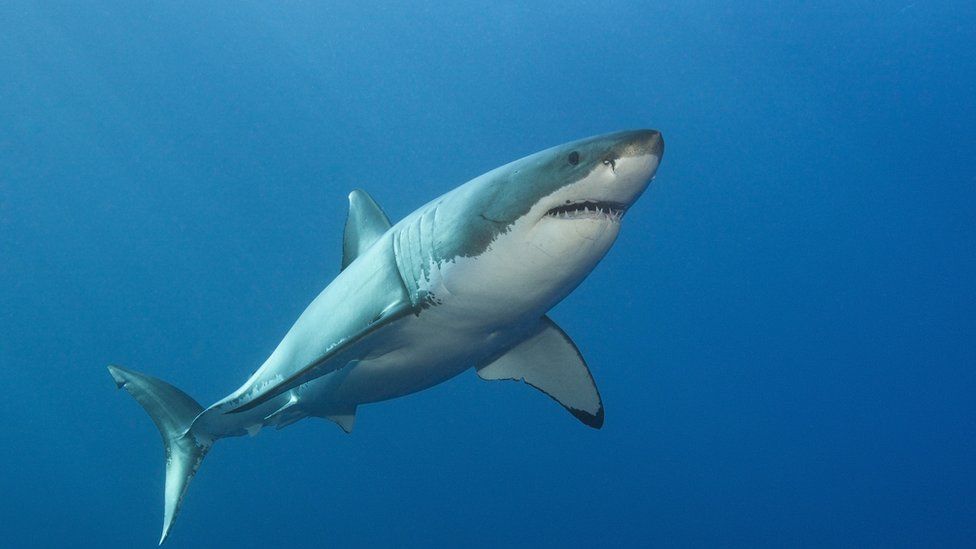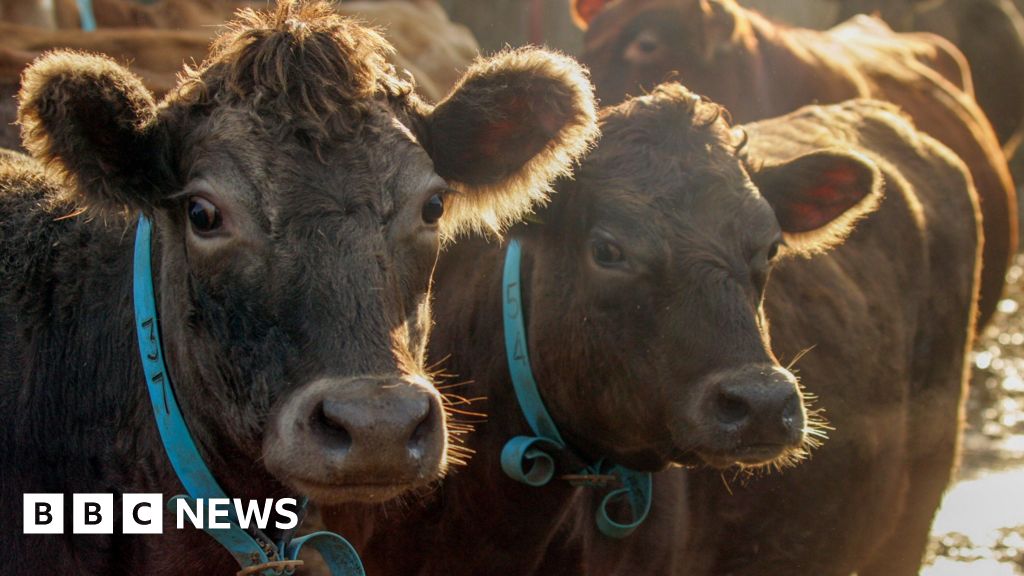 Image source, Getty Images
Image source, Getty Images
We are more dangerous to the animals around us than the great white shark
By Helen Briggs
Environment correspondent
Humans are well known as super predators but for the first time scientists have put a figure on it.
We exploit around a third of all wild animals for food, medicines or to keep as pets, putting almost half at risk of extinction, they say.
That makes us hundreds of times more dangerous than natural predators such as the great white shark.
And they warn of profound consequences for whole ecosystems.
"The size and scale of what we found surprised us," said Dr Rob Cooke of the UK Centre for Ecology and Hydrology in Wallingford, Oxfordshire.
"Humans have a breath-taking diversity of uses of animals but we need to move towards sustainable human-nature relationships across the globe."
Image source, Getty Images
Image caption,Illegal smuggling for the pet trade puts wild birds at risk of extinction
The researchers analysed data on almost 50,000 different wild mammals, birds, reptiles, amphibians and fish that humans harvest for food, medicines or clothing, or collect from the wild for the pet trade.
They found we use or trade 14,663 species - about a third of all vertebrates - and are driving 39% of these towards extinction.
And our impact is up to 300 times greater than that of top predators such as the great white shark, lion or tiger.
Humanity now has a bigger influence on other animals on the planet than at any time in history,
Image source, Getty Images
Image caption,Over-fishing threatens many marine species
We are entering the Anthropocene, the period during which human activity has been the dominant influence on climate and the environment.
Domesticated animals now make up the majority of animal species on land, shaping the natural world.
The researchers warn that continued overexploitation of wild animals will have "profound consequences for biodiversity and ecosystem function".
The research is published in Nature Communications.
.png)
 1 year ago
8
1 year ago
8









 English (US) ·
English (US) ·